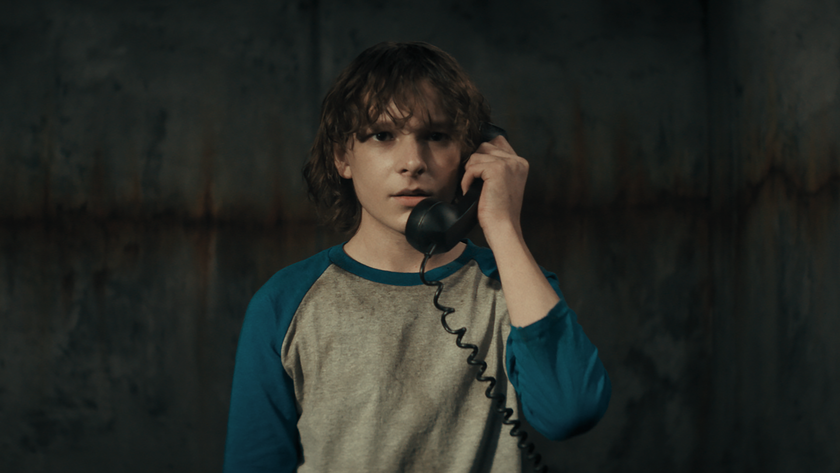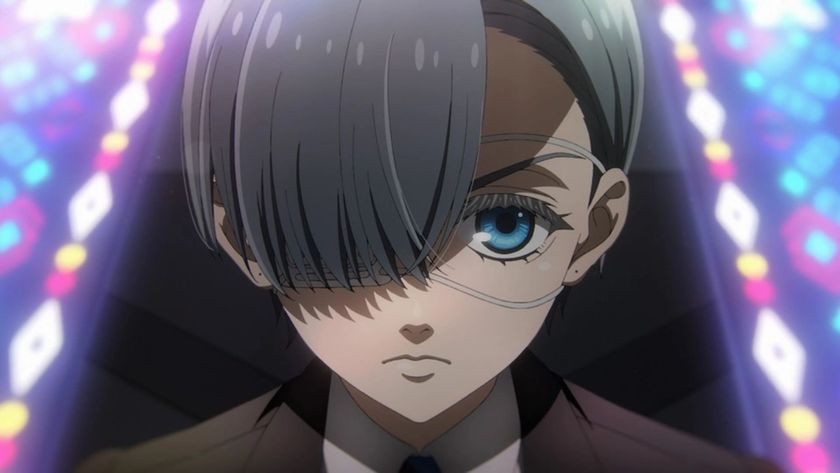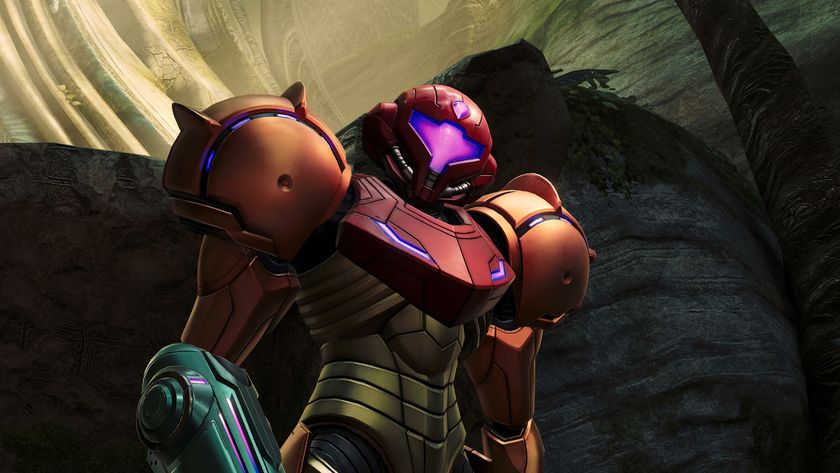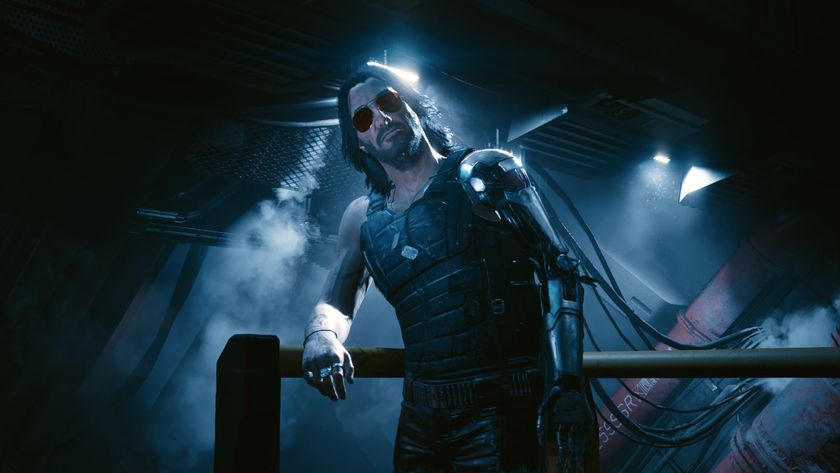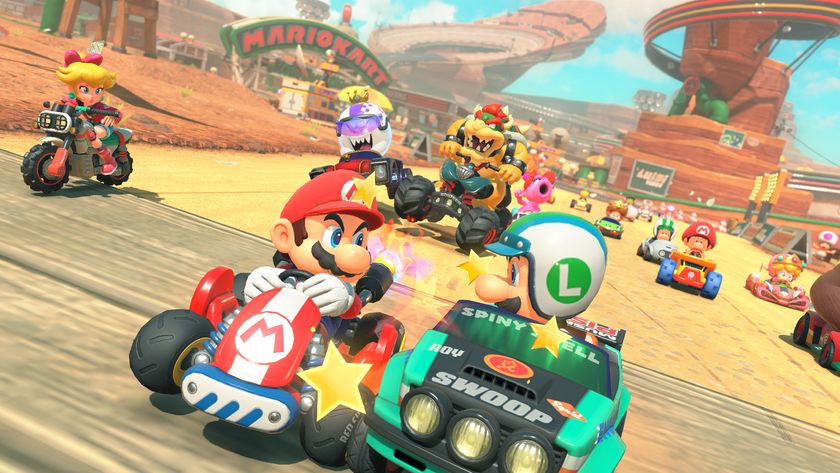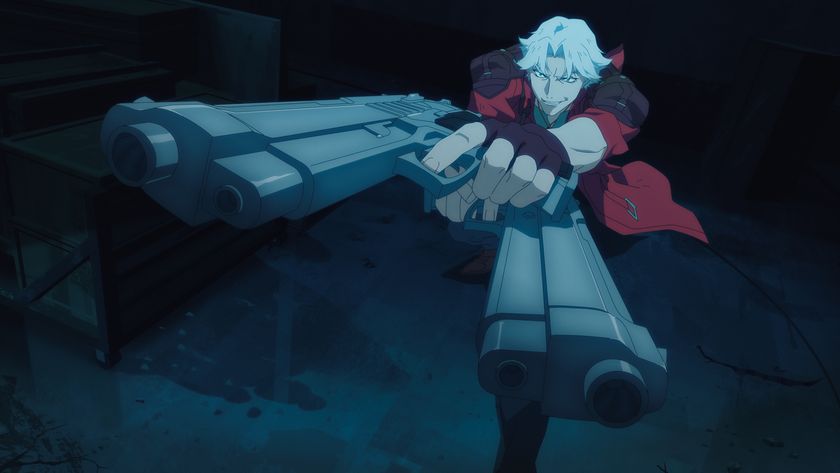8 Movie Franchises That Could Have Been
We give classic movies the franchise treatment
Some films are just so self-contained, so succinct, so sublime, that they just don't need a sequel. What they need is a franchise.
So we've put together a few pitches for a handful of the greatest movie serials since Star Wars . No need to thank us, Hollywood. Just get on with making the following...
Citizen Kane (1941)
The Film: The life and times of Charles Foster Kane, who starts life as a Social Service advocating liberal, slowly descending into power-hunger madness as his publishing empire grows.
Why it works as a stand-alone feature: It spans the entire life of it’s main character, beginning after he died and looking retrospectively at the events that shaped his existence.
Where the franchise could have gone: The catalyst for the whole film were the dying words of Kane, ‘Rosebud’. More films could expand on other statements or incidents from Kane’s life.
More Citizen Kane: “You can’t buy a bag of peanuts in this town without someone writing a song about you” sees Kane flashback to his days in a Jazz skiffle band.
Intent on playing the annual Summer Fete, the band practice hard, but Kane’s overwhelming thirst for power and exertion of control tear the band apart.
Citizen Kane Again: “You provide the prose poems, I’ll provide the war” sparks a journalist to investigate the facts surrounding several recent foreign wars.
The hack discovers that not only did the wars not happen, Kane simply made up many of the countries where conflict was supposedly taking place, and we flashback to Kane engineering the fake wars, Wag The Dog style.
Citizen Kane Jr: Elected President of his Junior High, Kane goes about systematically ensuring all of his election promises are kept.
But his ideals are tested when he is forced into dodgy backhanded techniques in order to secure his demands, and is ultimately corrupted by the power the position gives him over his fellow students.
Next: Schindler's List [page-break]
Schindler’s List (1993)
The Film: Profiteering businessman Oskar Schindler bribes Nazis and opens a factory making uniforms, but his conscience causes him to change his ways and help many of his Polish Jewish workers escape the holocaust.
Why it works as a stand-alone feature: WWII was a finite event, thankfully, and this story encompasses the whole thing, leaving no major plot point unexplored and serving as a fine reminder of the atrocities of war.
Where the franchise could have gone: Unfortunately there were several other genocides committed against the human race in the 20th Century.
Schindler’s Cambodia: Racked with guilt and living in hiding for 30 years, 60 year-old Schindler travels to Cambodia and takes on Pol Pot.
Schindler’s Rwanda: Attempting to once again use his experience and political heft to influence change, Schindler finds that his guerrilla tactics take more of a toll on his 80-something body, and he dies after helping others live.
Mrs. Schindler’s List: Carrying on the work of her husband, Mrs. Schindler travels to Bosnia where she opens a factory and attempts to smuggle her workers out of the country.
Next: Taxi Driver [page-break]
Sign up for the Total Film Newsletter
Bringing all the latest movie news, features, and reviews to your inbox
Taxi Driver (1976)
The Film: Loopy cab driver takes dates to see skin flicks, protects 13 year-old prostitutes and wages a one-man war on politics.
Why it works as a stand-alone feature: The film quickly gained cult status but also resulted in John Hinckley Jr. attempting to assassinate then US President Ronald Reagan, something Hollywood hardly wanted to encourage.
Where the franchise could have gone: There are many, many commercial and private vehicles the series could have explored.
HGV Driver: Relocated to the motorways of the UK, Bickle attempts to solve a series of recent prostitute murders perpetrated by a fellow truckie. Manages to woo a nice local girl by taking her to Carry On films.
Backseat Driver: Travis is rendered in a full body cast by an accident involving a city garbage truck. Successfully suing the city, Bickle affords himself a personal chauffeur and town car, and patrols the city from the backseat.
Slave Driver: Taking a sabbitical to China, Bickle attempts to liberate child slaves from clothes factories, before returning to the US to wage a private war on corporate America.
Next: The Shining [page-break]
The Shining (1979)
The Film: Frustrated caretaker with writer’s block goes into typewriter rage in a deserted mountain Travelodge, torments his missus and son for a while, opens a door with an axe and freezes to death.
Why it works as a stand-alone feature: One of the greatest horror films ever made, The Shining leaves just the right amount of questions unanswered, giving the film a sense of the unknown which has thrilled audiences for decades.
Where the franchise could have gone: At the end of The Shining Jack may be indeed dead, but the hotel is still haunted, leaving all sorts of possibilities for future guests…
The Shining, Part II: A news documentary crew comes to investigate the disppearance of the Torrence family, this tape is all that was left.
The Shining, Part III: The Hilton family buy the infamous hotel, determined to turn it into another of their generic bed and breakfasts. Paris and Nicky are sent to plan the re-fit, accompanied by their young and beautiful friends.
Madness ensues, though there is a happy ending – Paris gets an axe to the face.
The Shining: The Beginning – The franchise gets a reboot with a trip back to the 1920s, and an explanation as to why Jack Torrance is in a picture in the foyer.
Next: Fight Club [page-break]
Fight Club (1999)
The Film: Insomniac schizophrenic with women troubles starts an underground boxing club to work out his homoerotic angst.
Why it works as a stand-alone feature: As an allegory for the loss of masculinity in a capitalist nightmare where the individual is outlawed, Fight Club defined a decade and redefined a gender.
Where the franchise could have gone: Following the other clubs set up by the nefarious Tyler Durden, the franchise has only as many possiblities as there are cities in the world.
Fight Club: Burma – Tony Jaa stars as a prisoner of war taking part in an organised fight club, where guards and prisoners compete along side each other as a way of surviving the country’s brutal dictatorship.
Fight Club: Rome – Modern day Gladiatorial contest takes place in the ruins of the Colliseum after midnight.
Fight Club: Manchester – Yoofs in tracksuits with Ian Brown haircuts fight in underground raves while pilled up on E. Headbutting features heavily.
Fight Club: Calcutta – Ghandi-inspired males sit cross-legged in robes and debate philosophy for two hours.
Next: Casablanca [page-break]
Casablanca (1942)
The Film: Craggy-faced drunk runs a gambling den in Morocco, bumps into ex and her new beau, tries to win her back, but decides defeating the Germans is more important and helps her escape. Regrets it every day.
Why it works as a stand-alone feature: The definitive romance, Casablanca has all the drama, thrills and itear-jerking moments to keep Kleenex in business for centuries to come.
Where the franchise could have gone: All the bars in all the world, and this is the only one they used? There’s a trilogy in there somewhere.
Paris: A prequel to Casablanca, documenting the beginning of the affair with Ilsa in the French capital, and also showing some of Rick’s prior escapades in the Spanish Civil War.
Barcelona: In 1975, after the death of dictator Francisco Franco and the end of the Nationalist government, Rick travels to Barcelona to spend his twilight years among friends from the Civil War.
A chance meeting with an aged Ilsa, now a widow, rekindles the romance of a lifetime, with the pair finally given a chance to spend the rest of their lives together – but Rick is unwell, and they don’t have much time left.
Next: Gladiator [page-break]
Gladiator (2000)
The Film: Roman General is betrayed and sold into slavery, but returns as a Gladiator, intent on revenge for the murder of his family.
Why it works as a stand-alone feature: A perfect moment of filmmaking, from the script to the direction and acting, everything works and is perfectly contained in the film. Plus, Maximus dies at the end.
Where the franchise could have gone: Nobody from the original would reprise their roles, so they recast the parts with D-list soap opera actors for a series of straight-to-DVD prequels. Here’s how it went;
Gladiator: Rise of the Fenix Legions (2002) – A young Spaniard is assimilated into the Roman Army, and quickly rises through the ranks, gaining the unwavering support of his men through heroic fighting and wise leadership.
Gladiator: In the Shadow of the Empire (2003) – Maximus leads a troop of men into an unconquered foreign territory, only to fall fowl of a rogue band of Roman soldiers intent on taking over the Empire.
Gathering together the locals, they defeat the Rogue Romans and return the Empire to it’s former glory, before assimilating their new found friends and their countrymen. All is fair in love and war.
Gladiator: Assault on Africa (2003) – With the Empire stretched and the Army underfunded, the Emperor is desperate for new revenue, and sends his most trusted General into Africa to bring back riches.
What happens next is basically the plot of Zulu, with the hundred Roman soldiers slaughtered - only Maximus escapes due to his guile and cunning, and also because he knows how to make a raft from bodyparts.
Next: Se7en [page-break]
Se7en (1995)
The Film: Retiring dick acts as mentor to rough around the edges new partner as they attempt to find a killer acting out the seven deadly sins as a series of murders.
Why it works as a stand-alone feature: One of the most jaw-dropping twist endings of all time, it left no doubt that the killer was dead, and that at least on of the detective, via jail, was no longer on the job.
Where the franchise could have gone: The Saw franchise offers up a new film every year, if Se7en had done the same the body count would be significantly higher by now – here are the highlights;
10en – Somerset and Mills must stop a demented killer using the 10 commandments as his bizarre Modus Operandi. At some point Mills will scream ‘What’s in the ark?!”
Th13teen – They say it’s unlucky for some, and Mills and Somerset find the bodies mounting up as they take on a killer who uses superstitions as the inspiration for his gruesome murders.
2wenty 2wo – Mills and Somerset travel to the UK, where they track down the man responsible for killing the twenty two outfield players of a famous cup game that ended when fans were tragically killed in the stands.
Like This? Then try...
Sign up for our free weekly newsletter here .
Follow us on Twitter here .
